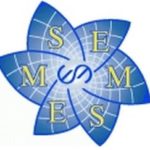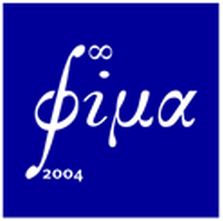
This prize is given to the authors of the best single-authored published paper from a Doctoral Dissertation covering topics in Mathematics Applied to Economic and Social Sciences. Nominees must be of Italian nationality, and the prize is awarded approximately every four years.
AMASES Award 2022 for the best paper from PhD Thesis
Past Winners
- 2023 Andrea Cinfrignini, University of Rome La Sapienza, “Envelopes of equivalent martingale measures and a generalized no-arbitrage principle in a finite setting”, Annals of Operations Research, 2023
- 2022 Gerarda Fattoruso, University of Sannio, “A hybrid AHPSort II and multi-objective portfolio selection method to support quality control in the automotive industry”, Journal of the Operational Research Society, 2022
- 2022 Giacomo Toscano, Università di Firenze, “The price-leverage covariation as a measure of the response of the leverage effect to price and volatility changes”, Applied Stochastic Models in Business and Industry, 2022
- 2019 Giovanna Apicella, Università di Roma Sapienza, “Stochastic mortality in a complex world: methodologies and applications within the affine diffusion framework”, North American Actuarial Journal, 2019
- 2012 Salvatore Federico, Università di Milano, “A stochastic control problem with delay arising in a pension fund model”, Finance and Stochastics, 2011
- 2007 Beatrice Acciaio, Università di Perugia, “Optimal Risk sharing with Non-monotone Monetaire Functionals”, Finance and Stochastics, 2007
- 2007 Mauro Bambi, European University Institute, “Endogenous grouth and time-to-build: the AK case”, Journal of Economic Dynamics and Control, 2008
- 2004 Dino Gerardi, Yale University, “Unmediated Communication in Games with Complete and Incomplete Information”, Journal of Economic Theory, 2004
- 2004 Paolo Guasoni, Università di Pisa, “Optimal Investment with Transaction Costs and Without Semimartingales”, Annals of Applied Probability, 2002



